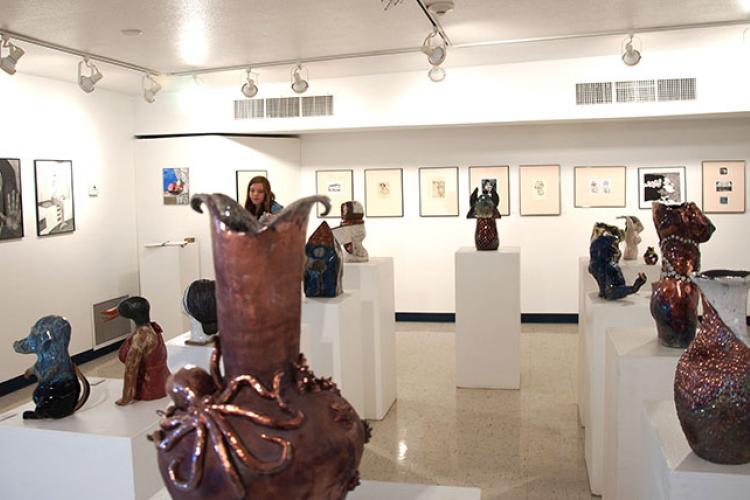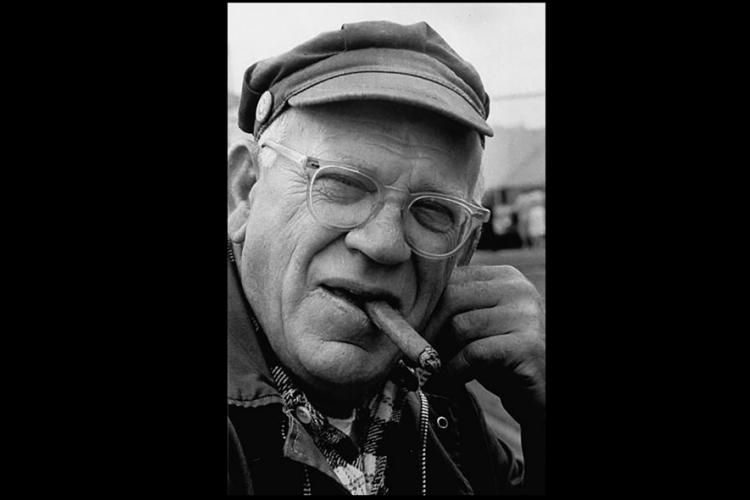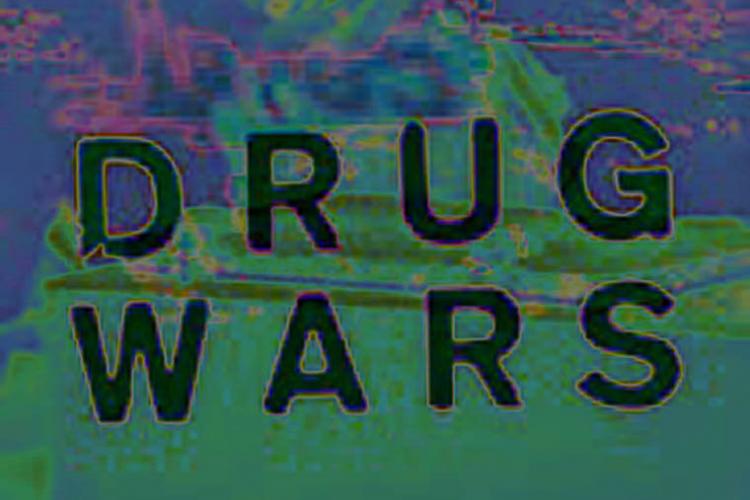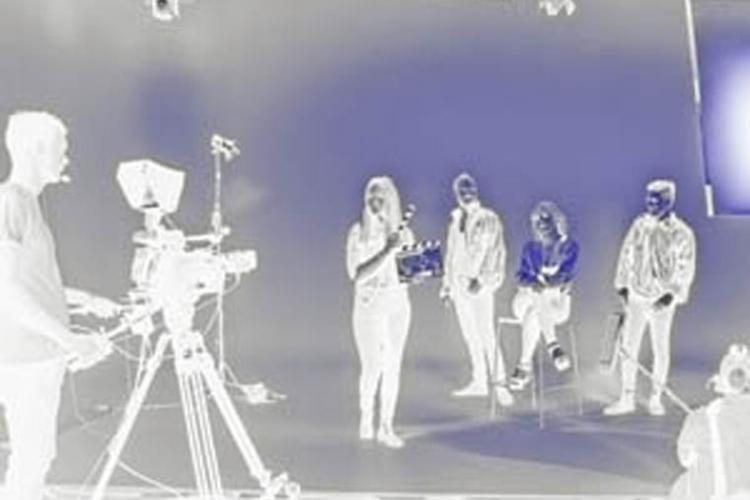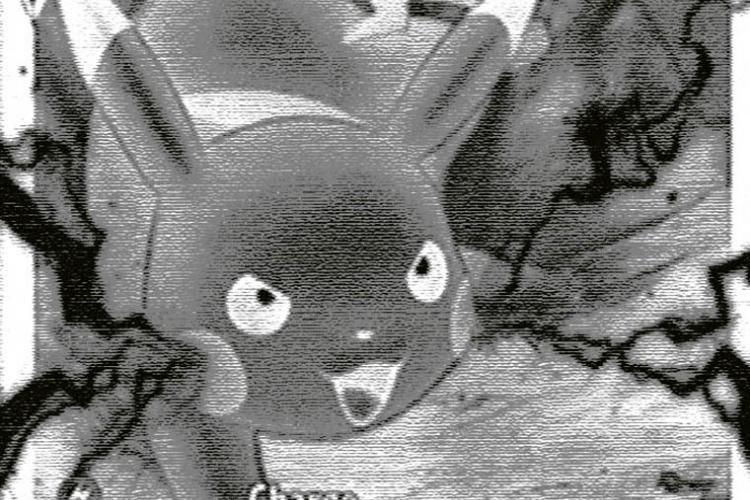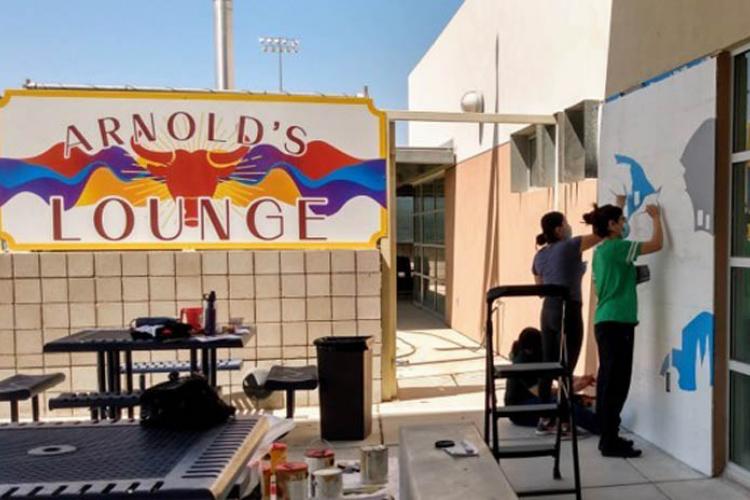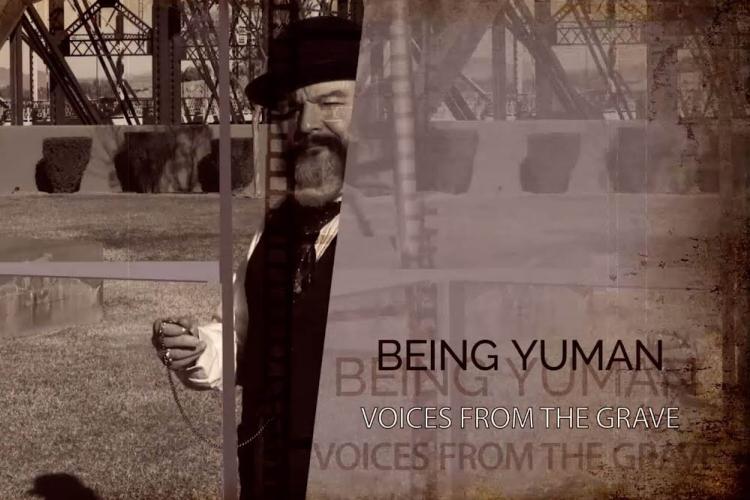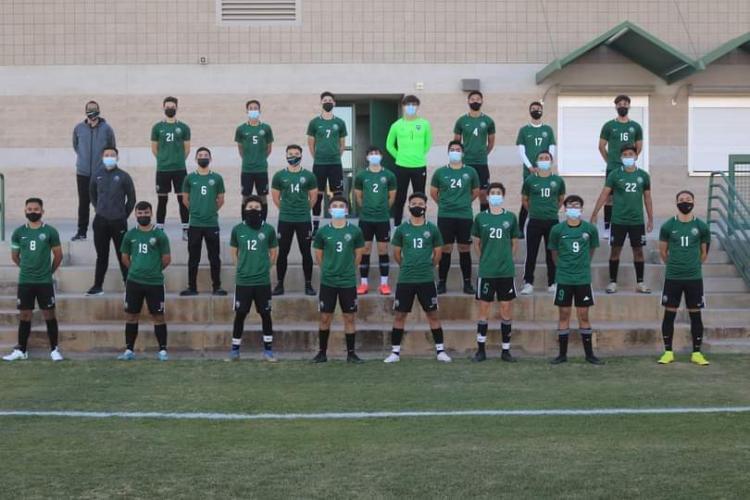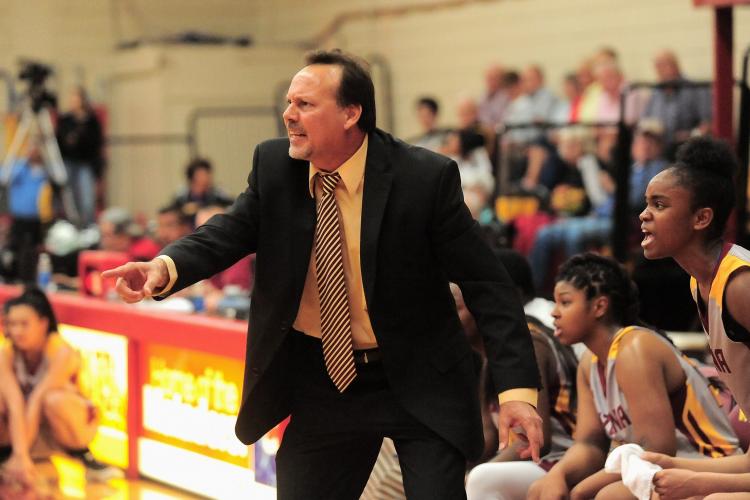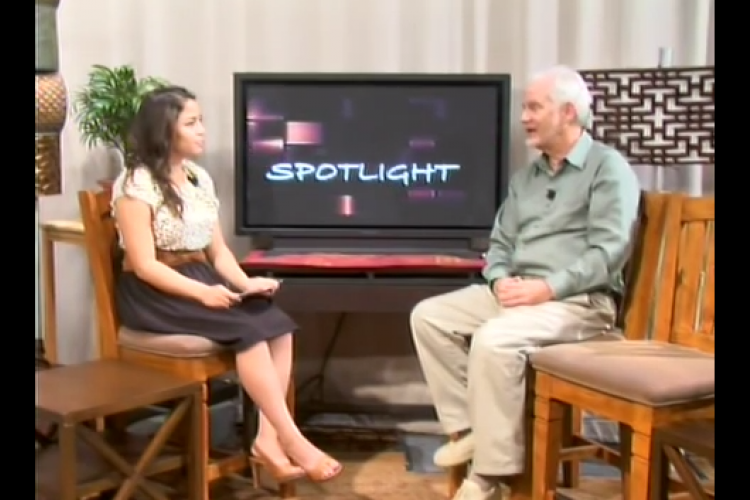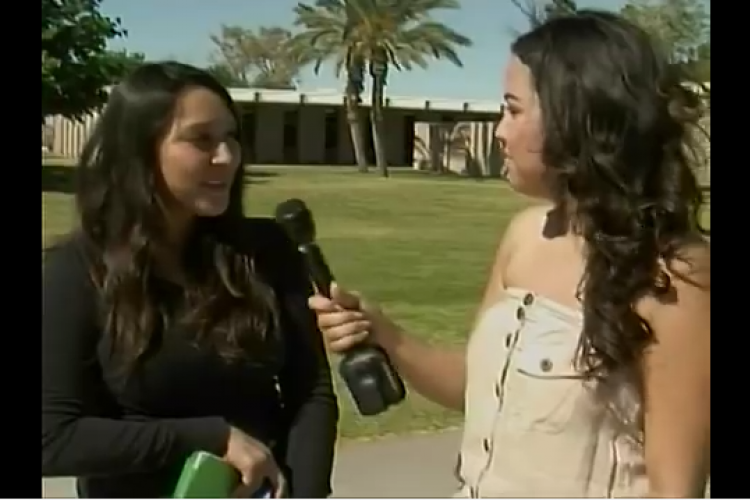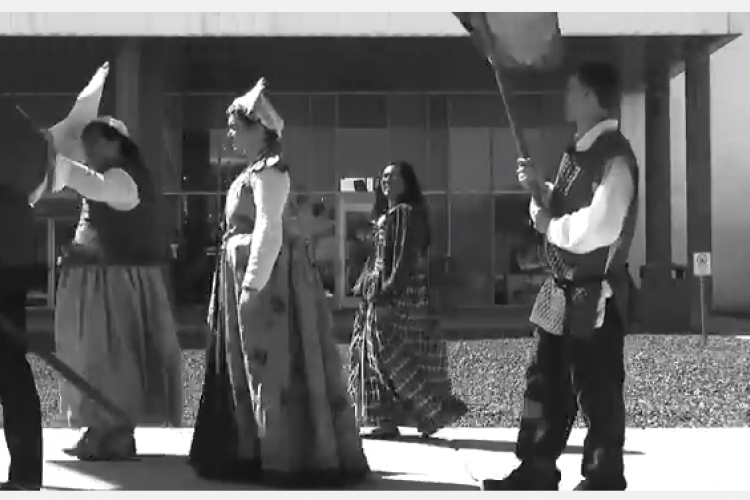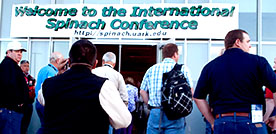
By Luis Garcia
This year on Feb. 21, as part of the 9th Annual Ag Summit, Arizona Western College had the honor of hosting the International Spinach Conference. "Big Deal," you say? Well, this conference is in fact the premier gathering on the subject and has been held all over the world, most recently in places such China and the Netherlands. (Next year it will be held in Spain.) The fact that it stopped in Yuma says a great deal about Yuma's agriculture workforce.
The conference's keynote speaker, Dr. Jim Correll, is the world's leading expert on spinach. A professor at the University of Arkansas specializing in diseases that affect that particular leafy vegetable, has worked in agriculture since 1980 and does research all over the world. Specifically, he is a plant pathologist whose extensive research has focused on producing "better" -- that is, a clean and organic -- spinach.
The most common spinach species produced in the U.S. is Spinacia oleracea, Correll says. Among the many interesting facts he has to share is that spinach is the fastest growing vegetable in the country.
In the folklore department, Correll says that Popeye the Sailor was originally used as a marketing tool to promote spinach. In fact, Popeye's creator, E.G. Segar (a vegetarian who was way ahead of his time), based his character on a simple typo in a report suggesting that spinach has 10 times as much iron as it really does. In other words, if people wanted muscles like Popeye's, they would have to eat an awful lot of it.
The conference, organized by Correll among many others, has many sponsors, and thousands of people come out to support it. It includes field demonstrations on a variety of spinach species, and scientists present ways that farmers can keep their water and produce clean.
Photo by Joanne Kidd courtesy of Mellon Farming


